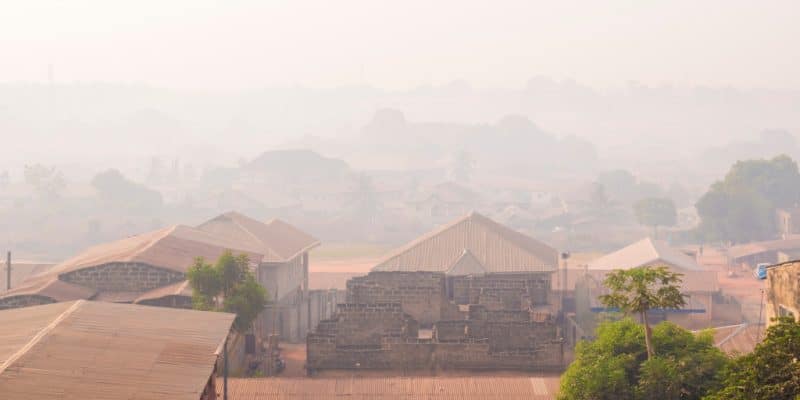Kévé, Cinkassé, Gado and other towns located in the south of Togo are blown by dry and dusty winds that endanger human health and pose sanitation problems.
In Togo, the harmattan, a dry and dusty wind that blows over the Sahara between December and February, wreaks havoc in the southern part of the country, especially in the towns of Keve, with a population of 6,350, Cinkasse on the border with Burkina Faso and Ghana, and Ganda, 537 kilometres from the capital Lomé, which is itself affected by a cloud of sand and fine particles.
“These winds are always dry and accompanied by dust. These winds are always dry and accompanied by dust. It is dust that is suspended in the air and reduces visibility. These winds have been descending over the country and reaching the coast since December 2022. By the middle of January 2023, they moved inland. But currently, the harmattan has descended towards the south, especially in Lomé,” says the General Directorate of National Meteorology of Togo.
In addition to respiratory diseases (asthma and lung cancer) and eye diseases that are feared by the Togolese authorities, the harmattan is conducive to fires and insalubrity. Indeed, these dust-laden winds sweep up the rubbish along the streets and shake the branches of trees with the risk of fire. About 1.4 million inhabitants are already exposed to pollution levels four to five times higher than the World Health Organisation (WHO) recommendations, according to researchers Kokou Sabi, Hèzouwè Sonla and Eric Kokou Gbedjangni of the University of Lomé.
Read also-AFRICA: Interregional committee to improve air quality in five cities
In this context of deteriorating air quality due to meteorological phenomena and 56% of emissions generated by transport, Togo is banking on ecological mobility. Thus, the Togolese government is implementing the Low Emission Urban Transport (Tufe) project in Greater Lomé. At a total cost of 50 million dollars (more than 31 billion CFA francs) financed by the Green Climate Fund (GCF) and the Global Green Growth Institute (GGGI), the initiative will allow for the development of sustainable public transport through the overhaul of the Société des transports de Lomé (Sotral) network as well as the improvement of the commercial service for 2 million passengers.
Benoit-Ivan Wansi







